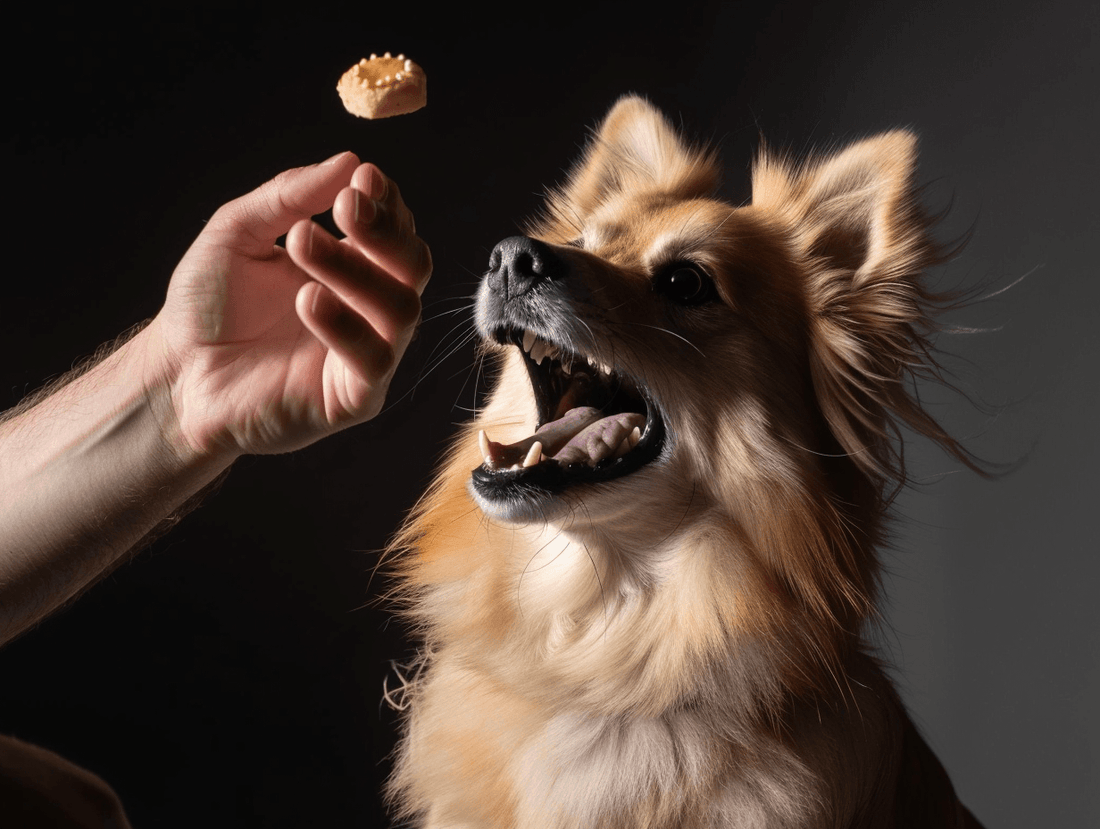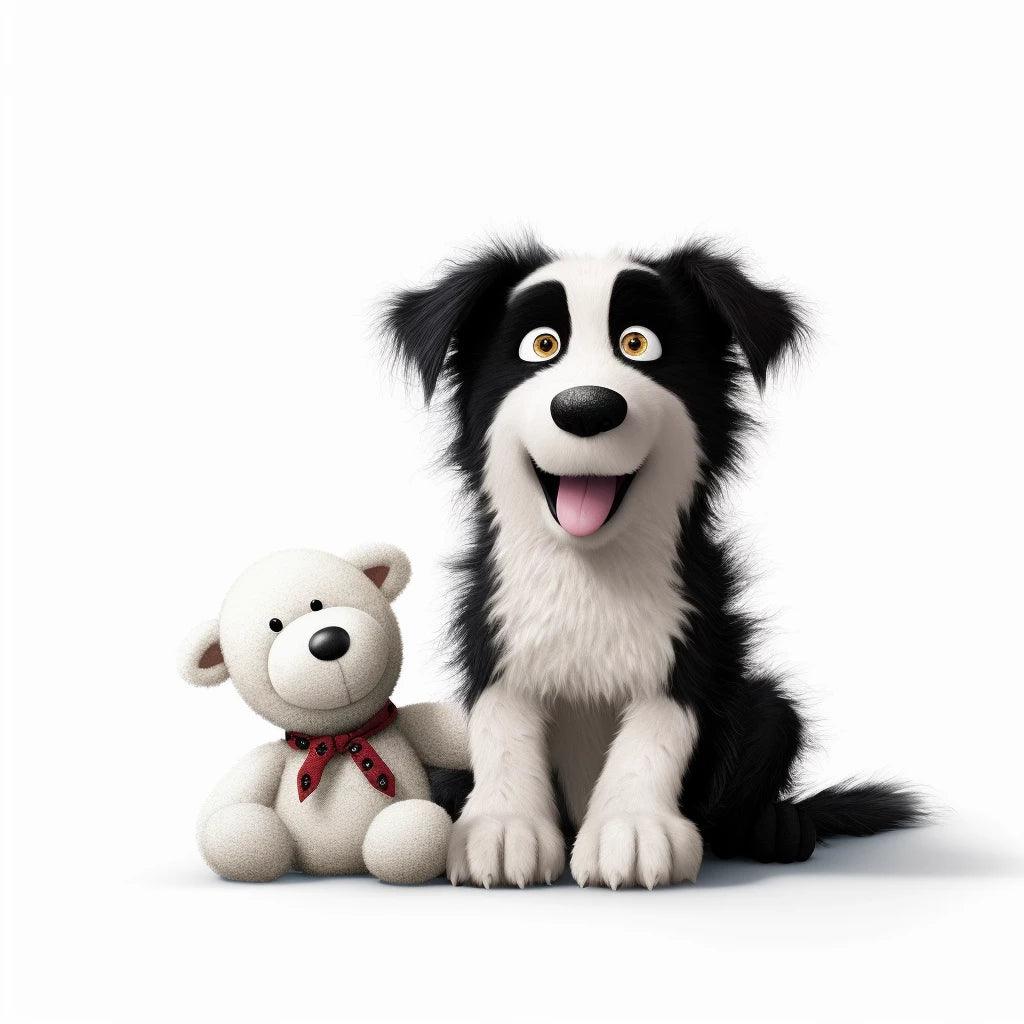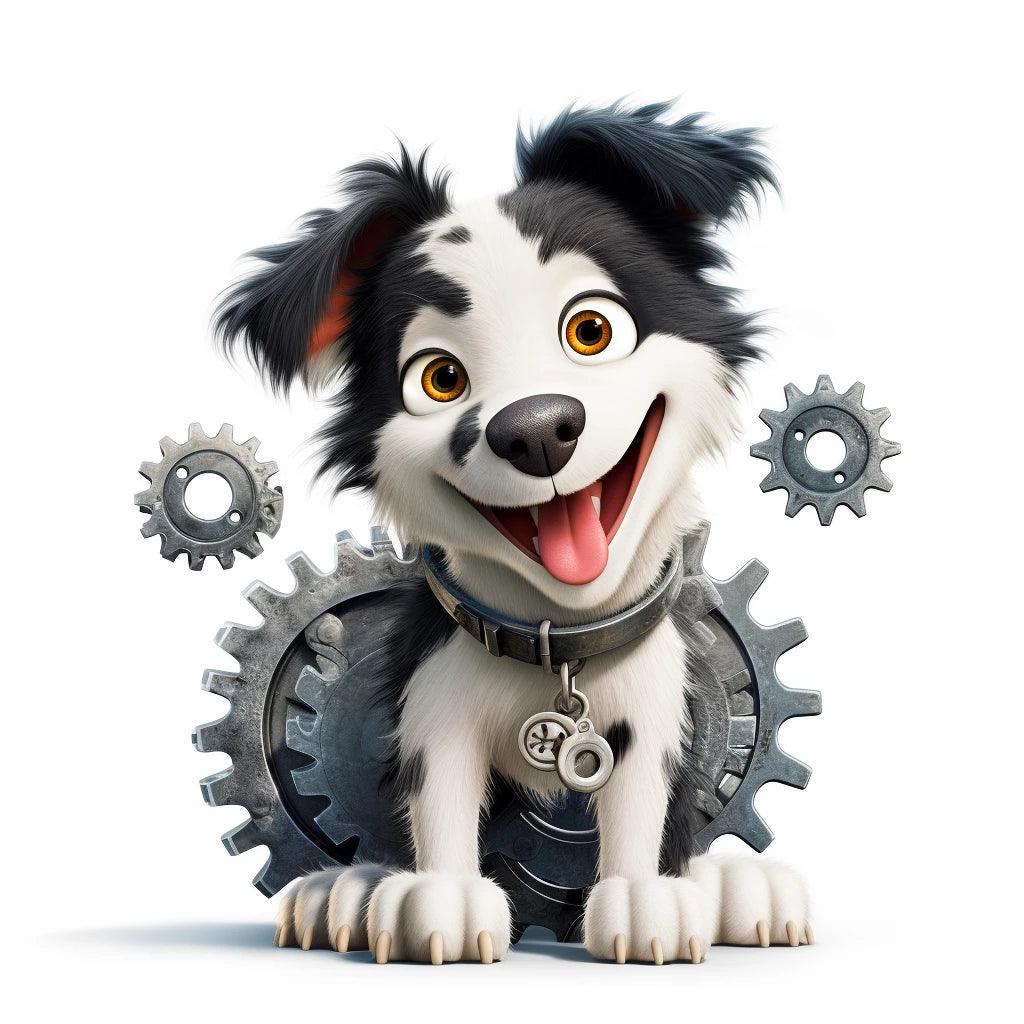
5 Key Tips for Successful Dog Training
Share
Welcome to Tao-K9.com, your destination of choice for everything related to the canine world! Today we're diving into the heart of dog training, an essential subject for every dog owner looking to strengthen their relationship with their four-legged companion. Here are five foolproof tips to make training your dog both effective and enjoyable.
-
Patience and Consistency : Training a dog is a marathon, not a sprint. Patience and consistency are your best allies. Repeat commands regularly and always use the same words for a specific action.
-
Positive Rewards : Dogs respond extremely well to positive reinforcement. Use treats, praise, or toys to reward your dog after he correctly performs a command.
-
Short, Fun Sessions : Dogs have short attention spans. Keep training sessions short (5-10 minutes) and fun for them. This avoids frustration and keeps their interest piqued.
-
Be the Leader : Dogs are pack animals and naturally seek a leader. By positioning yourself as such, you gain their respect and attention, making education much easier.
-
Early Socialization : Expose your dog to various people, animals, and environments from a young age. This helps develop a well-adjusted and sociable dog.
By following these tips and arming yourself with patience and understanding, you will be on the path to a harmonious and fulfilling relationship with your dog. Don't forget to check out our selection of educational toys and accessories on Tao-K9.com to help make learning even more enjoyable.
FAQ about Successful Dog Training
Q1: How much time should I spend training my dog each day?
A1: Ideally, spend at least 15 to 30 minutes a day training your dog. This duration can be adjusted depending on the age and attention span of your pet. The important thing is the regularity and quality of the sessions rather than the quantity.
Q2: How old should a dog be to start training?
A2: Training can begin as soon as you welcome your puppy into your home, usually around 8 weeks of age. However, older dogs can also learn new behaviors at any age with the right approach.
Q3: How can I reward my dog during training?
A3: Rewards can vary from verbal praise, petting, toys, or treats. The important thing is to choose a reward that your dog enjoys to encourage the desired behavior.
Q4: What should I do if my dog doesn't obey my commands?
A4: If your dog is not obeying, it is important to remain patient and consistent. Make sure your commands are clear and repeat the exercise. Consider reducing surrounding distractions or consulting a professional dog trainer for specific advice.
Q5: Are training collars recommended for dog training?
A5: The use of educational collars should be considered with caution and ideally under the supervision of a professional. Some experts recommend positive education methods without using tools that can cause stress or fear.
Q6: Is it necessary to enroll my dog in dog training classes?
A6: Although home training is beneficial, dog training classes can provide added value by socializing your dog and exposing you to professional training techniques. This can be especially helpful for new dog owners.
Q7: How to manage aggression during education?
A7: Aggression can be a sign of fear or discomfort. It is crucial to identify the cause of the aggression and work with a professional to manage it safely and effectively. Don't punish aggression, as this can make the behavior worse.
Q8: Does dog training work the same for all breeds?
A8: Each breed has its particularities, but the principles of positive reinforcement are universal. However, certain breeds may require specific approaches depending on their character, energy level and genetic disposition.
Q9: Can we learn more than one order at a time?
A9: It is best to focus on one command at a time so as not to confuse your dog. Once a behavior is well learned, you can gradually introduce new commands.
Q10: What role does patience play in dog training?
A10: Patience is essential in dog training. Each dog learns at its own pace, and it is important to respect this pace without showing frustration. Patience strengthens the bond between you and your dog and contributes to a positive learning experience.






